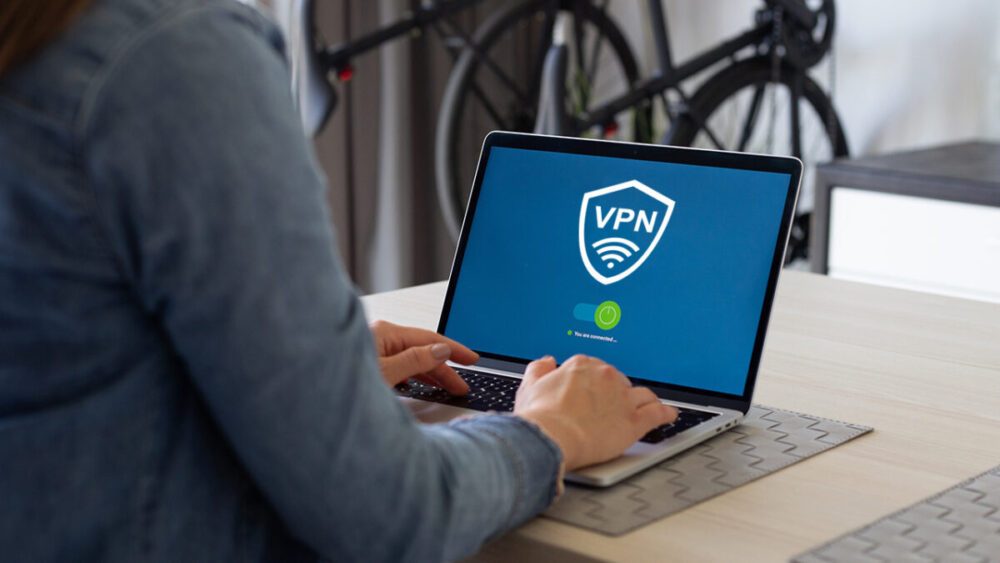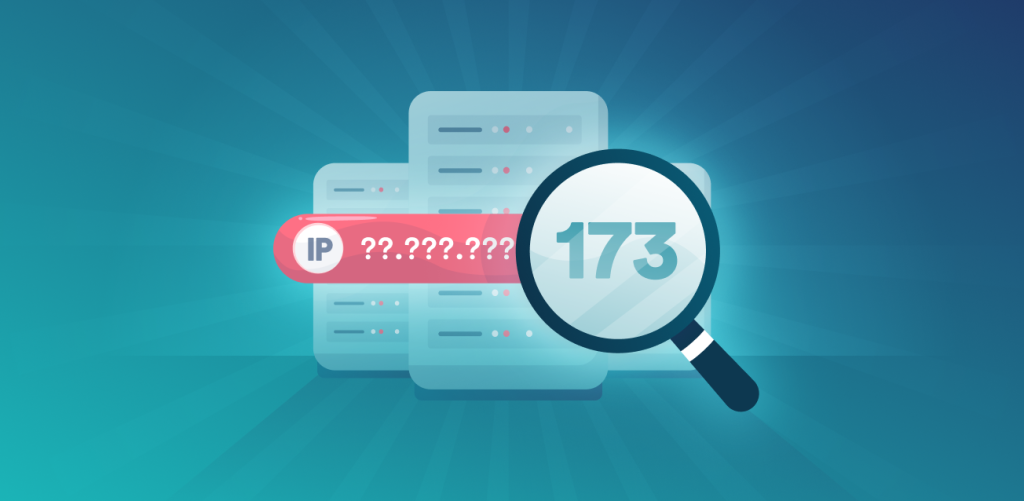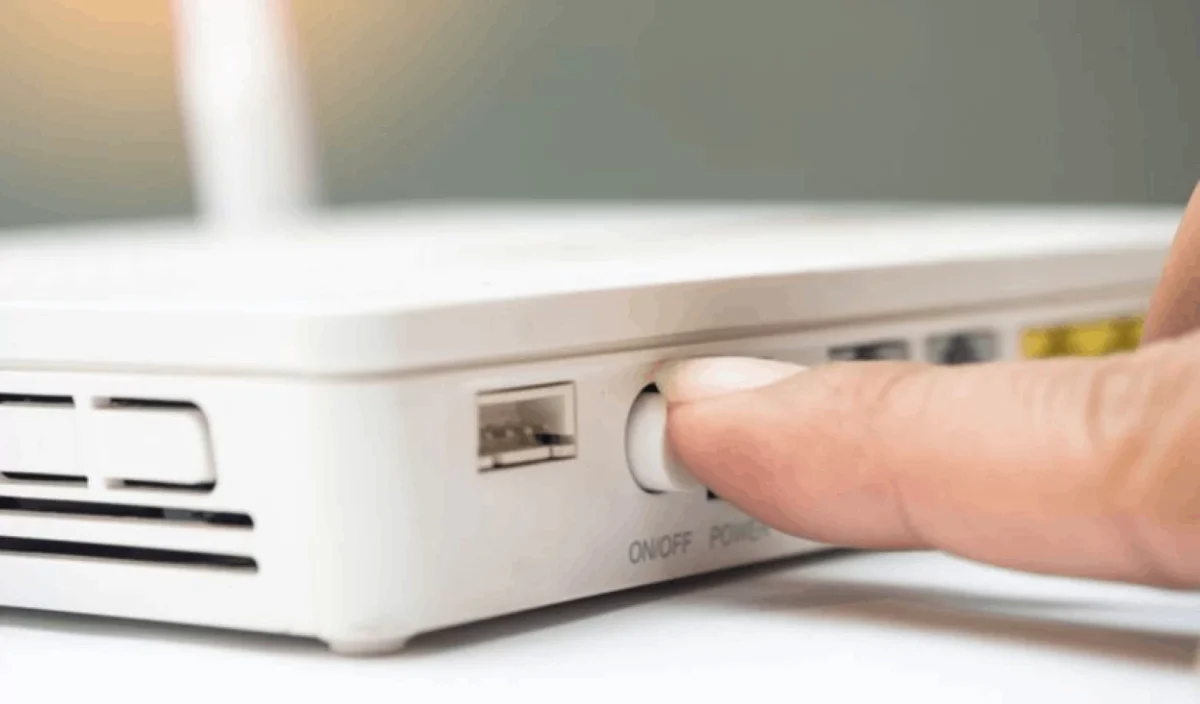
Did you know that your IP address can be changed in a variety of ways? In this blog post, we’ll outline six different methods for changing your IP address. Whether you’re trying to protect your privacy or get around website restrictions, one of these methods should work for you. Keep reading to learn more!
1. Reasons for Changing an IP Address
In 2024, it will not be uncommon for someone to want to change their IP address, and there are actually many reasons for wanting to do so. For example, if you are someone who enjoys playing games, changing your IP address would also mean changing your location, and this would mean allowing access to different servers in the game.
You might also live in a country where many web sites or services are geographically restricted, and changing your IP address will allow you to access them. You could also work for several clients or a company that constantly exchanges sensitive information. Or you would simply like to shop online and have an extra layer of security.
2. Use a VPN

The first way that you could change your IP address would be by using a VPN, or virtual private network. A VPN is essentially an application that allows you to access a secure server. Once the connection has been made to this server, your IP address will change or be masked, and any information that is being transferred between you and the sites or applications you use will be encrypted. There are some great VPN providers that can help you with this, and you can check out EarthWeb if you’re interested in getting an Alaskan IP in particular. VPNs are probably one of the best ways to change your IP address since they are incredibly convenient and will work for every website or app you use.
3. Tor Browser
The next option that you have at your disposal if you want to change your IP address would be to use Tor or the Onion Router. Tor operates in a very similar manner to a VPN, except that it is a browser, and instead of connecting you to an individual server that encrypts data, your information is sent through multiple nodes that encrypt the information. Having said that, Tor has been associated with illegal activity, which means that law enforcement or your ISP might see it as a red flag that you are using it.
4. Use a Proxy

The good news is that you have another option available for changing your IP address, and that is to use a proxy. Many people confuse proxies with VPNs since they do something similar. However, proxies lack the versatility that VPNs provide. Basically, how a proxy works are that it will connect you to a server and use the server’s IP address rather than your own. However, the major drawback of using a proxy is the fact that you can only use it for individual apps or websites at a time. Furthermore, it does not provide the same level of security as VPNs.
5. Contact Your ISP
Many people don’t know this, but one thing that you could possibly do is directly ask your Internet service provider to change your IP address. One reason why many people don’t know that this is an option is because asking your Internet service provider to change your IP address can be quite a lengthy process. More importantly, you might have a dynamic IP address to begin with, which means it changes every so often. In addition to this, there are probably going to be applications that you’ll need to fill out as well as extra fees in order to get your IP address changed.
6. Unplug and Plug the Modem

Finally, the last thing that you could try to do if you are determined to change your IP address would be a tried and tested classic method of unplugging and plugging the modem back in. This might sound like a relatively silly method. However, as mentioned above, if you have a dynamic IP address, unplugging the router and then plugging it back in might force your IP address to change.
Of course, this will only work if you have a dynamic IP address. If you have a static IP address, which means that it stays the same, it won’t change if you unplug it; only if you manually change it will it change.








